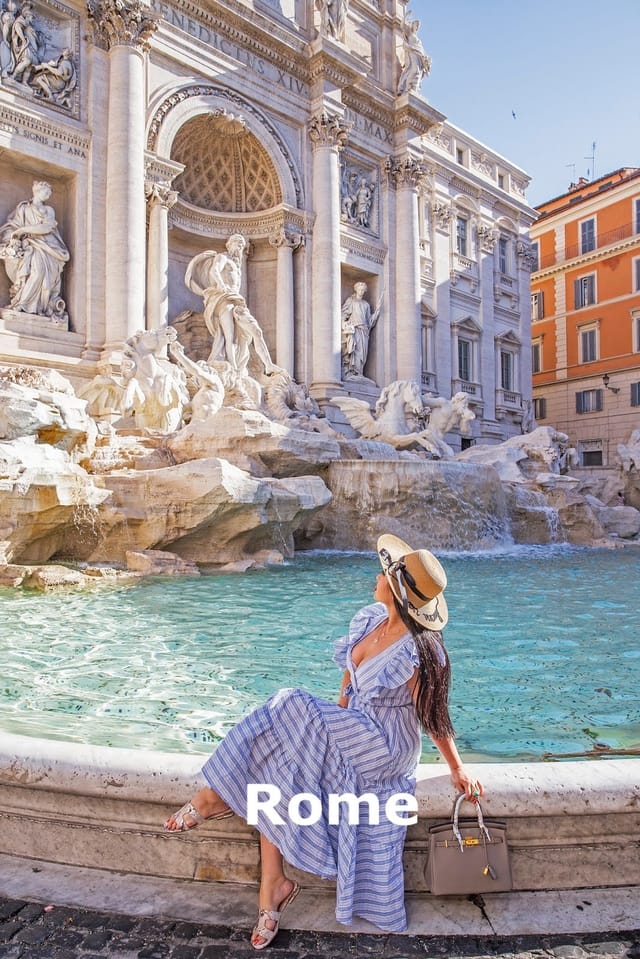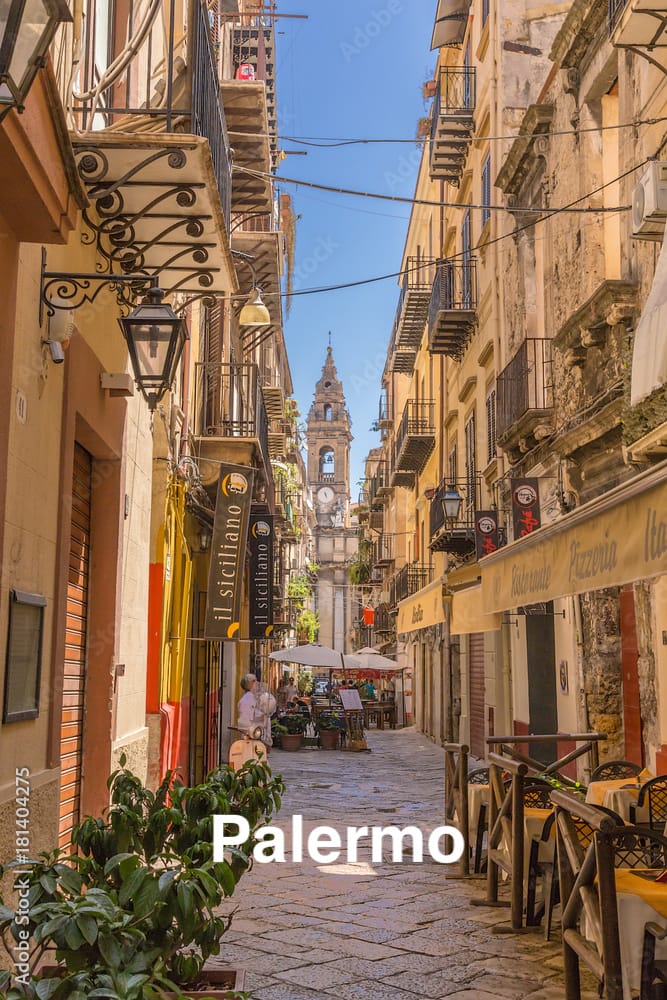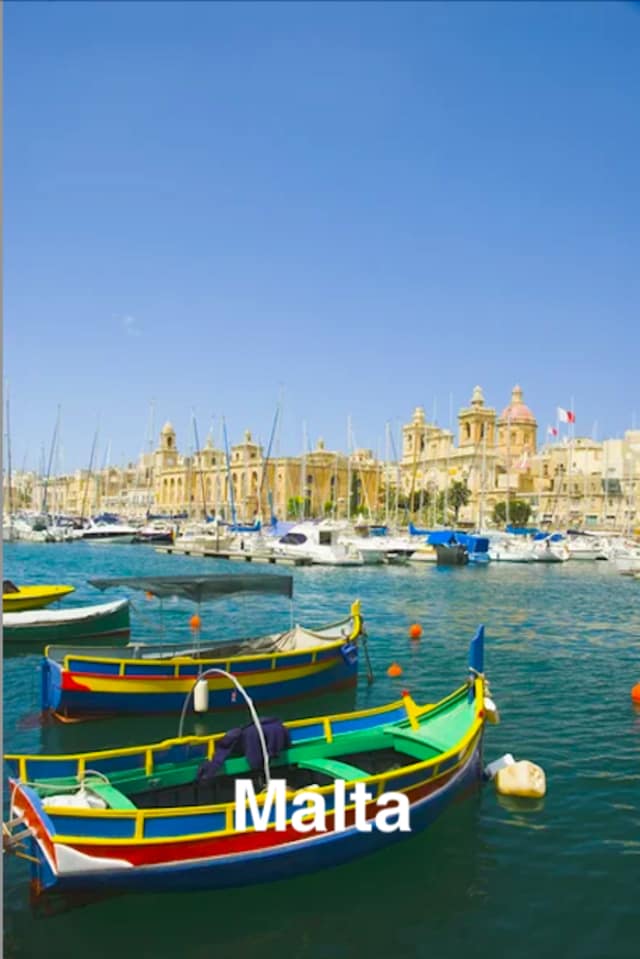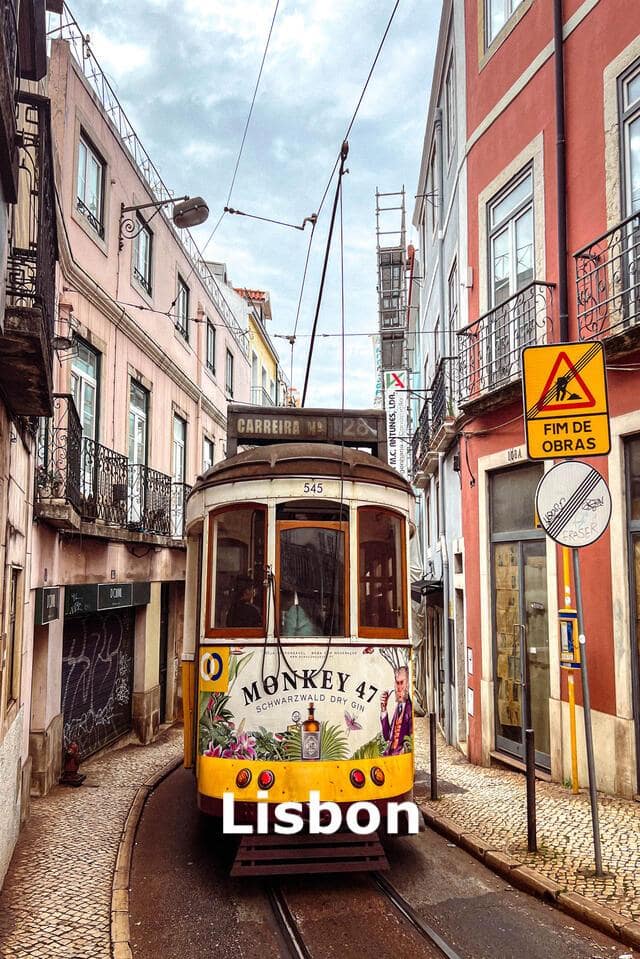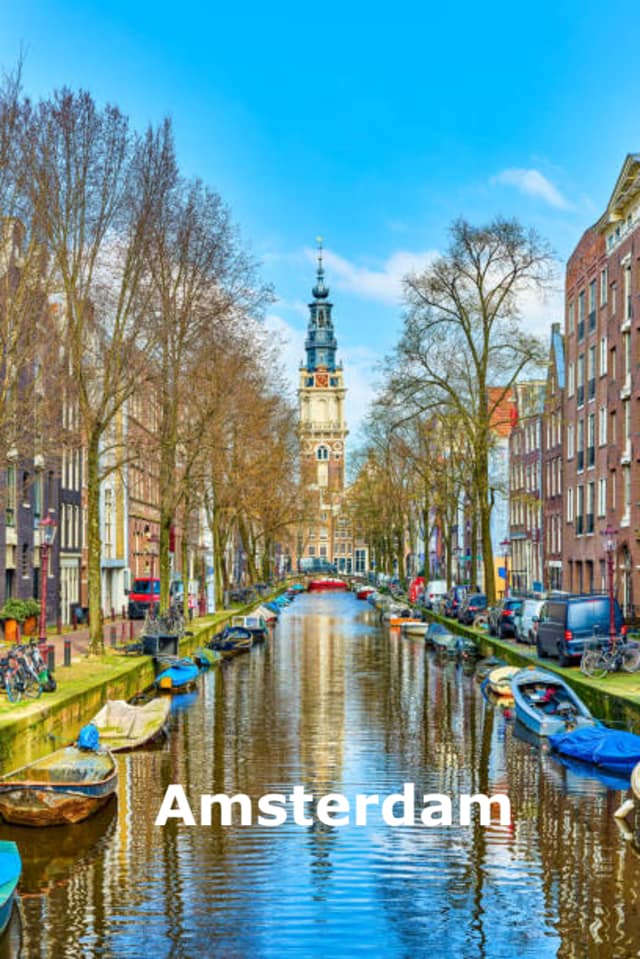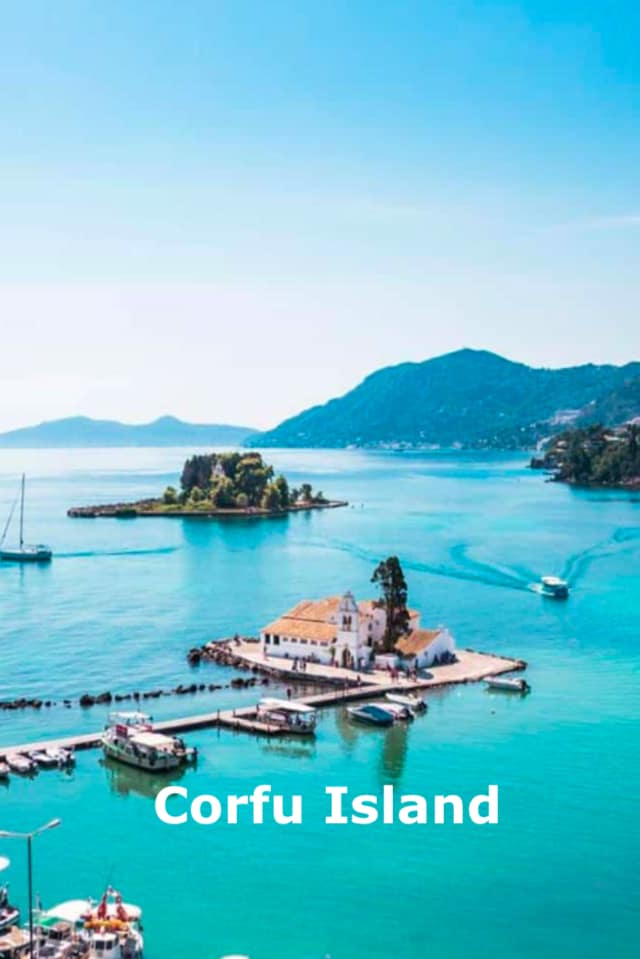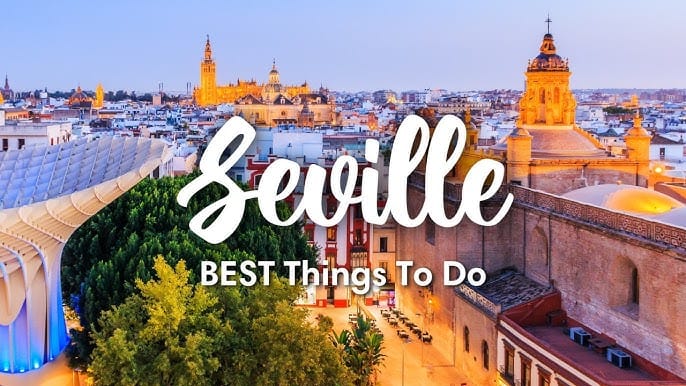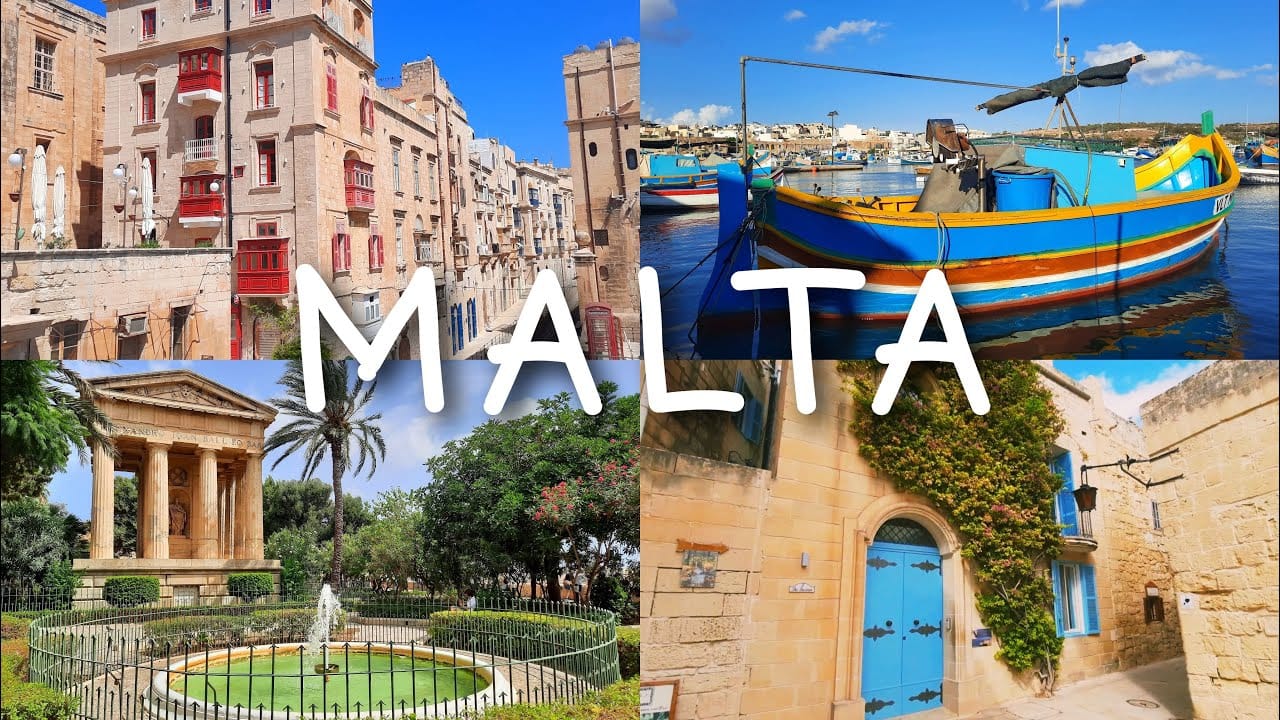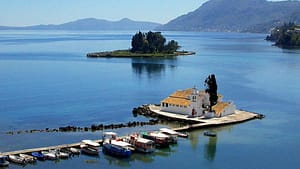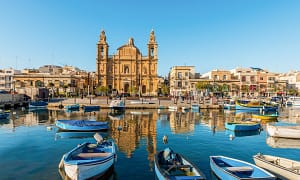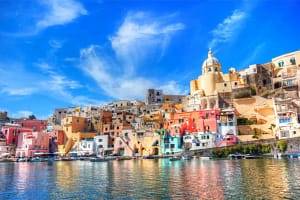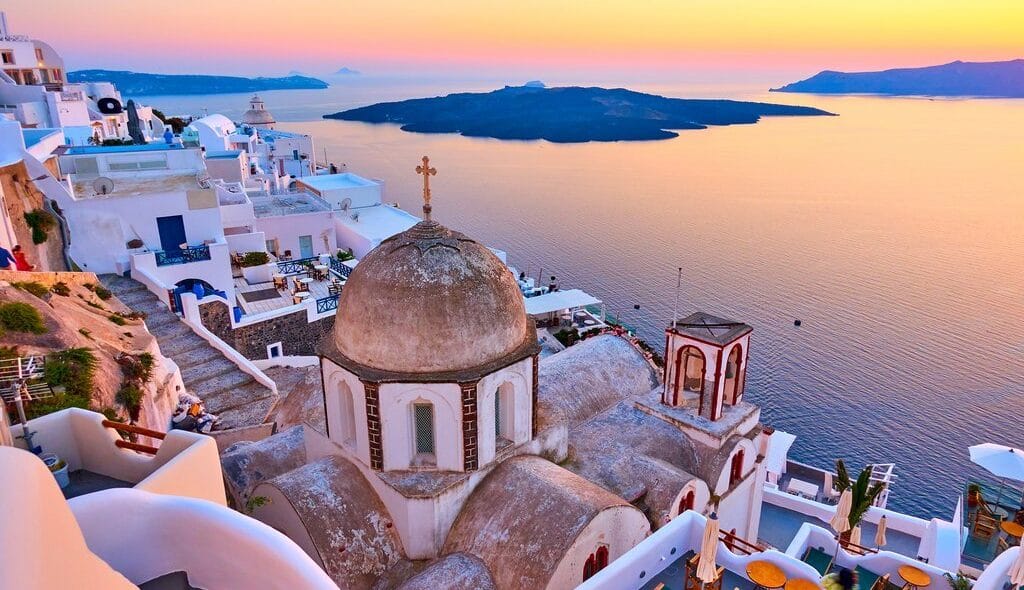Compare & Book the Best Travel Deals in Minutes
Flights, Hotels, Ferries, Transfers - All in One Place!
Flights to over
5000
+ Cities
Popular Flight Routes
Travel Guides & Tips
Popular Holiday Destinations
Corfu Island - Greece
Malta - Europe
Napoli - Italy
Santorini Island - Greece
Signup For Exclusive Travel Offers
Subscribe to our mailing list and we’ll send you incredible flights deals, hotels special offers and exclusive Ferry Tickets Special Prices directly to your inbox.
We respect your privacy and take protecting it seriously.
We respect your privacy and take protecting it seriously.
1500+ directions
We bring together 100+ Trusted Travel Providers to book your perfect trip at the best price and explore fascinating places.
Offering a huge selection of travel products. Flights, Hotels, Car Rentals, Transfers, Ferry Tickets and more. All in one place!







